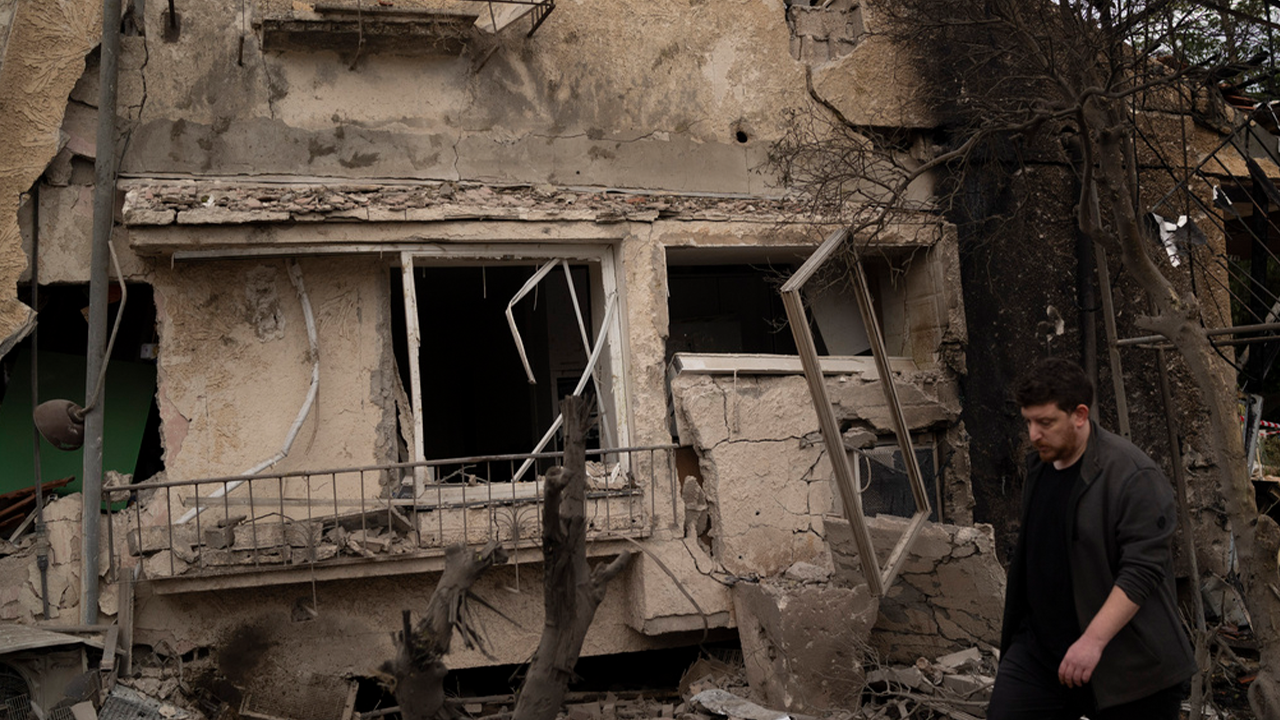As Britain announced it would be training Ukrainian pilots in NATO fighter jets – a sign that some Western allies’ reluctance to supply Kiev with advanced jets may be cracking – Ukraine’s military said on Wednesday that the country was already preparing to host western integrate aircraft.
According to Yuri Ihnat, a spokesman for the Ukrainian Air Force, the work crews used asphalt to pave concrete block runways, which was the Soviet standard for military airfields. The older runways cannot be cleared of pebbles and other debris that could be sucked into the engines of F-16 jets, which are mounted lower than those of Soviet fighters.
Supply of fighter jets to Ukraine, sometimes seen as a pinnacle weapon on the modern battlefield, would signal greater Western involvement in the war against invading Russia. So far, no country has promised to provide western jets.
Despite Russia’s large and once-vaunted fleet of fighter jets and other military aircraft, neither side in the war has achieved air superiority. While Ukraine has repeatedly advocated Western fighter jets, it is far from clear that fighter jets alone would turn the tide in the conflict.
Deploying fighter aircraft would require training pilots and maintenance personnel in meticulous skills. The Ukrainian Air Force has already drawn up a list of pilots who would qualify for training on Western jets, Mr Ihnat said. This team of Ukrainian pilots still flies Soviet jets on dangerous combat missions.
In January, a pilot, Major Danylo Murashko, died when his Su-25 crashed. “Unfortunately, we are losing people with the old Soviet equipment,” said Mr. Ihnat. “We want to make the planes faster so the guys can train on them, fly them and attack the occupiers.”
Fierce dogfights were fought over Ukraine in the early weeks of the war, with both sides flying Soviet or Russian jets. But soon air defense missiles cleared the sky.
Military analysts and Ukrainian officials have said one lesson of the war in Ukraine, at least so far, has been the superiority of ground-launched anti-aircraft missiles over planes, drones and cruise missiles. Along the front line, both sides only fly brief sorties into enemy territory, and even then planes are routinely shot down.
“This war has shown that in a war between two more or less equal armies, the role of aviation plays only a tiny role,” said Roman Kostenko, chairman of the defense and intelligence committee in Ukraine’s parliament, in an interview.
“Anti-aircraft weapons are too effective,” he said. “Neither side has air superiority. The war has changed. Flying manned aircraft under the threat of anti-aircraft weapons is declining.”
“Pilots are afraid of it,” he said. “Unpiloted aircraft and anti-aircraft systems are the future.”
General Viktor Nazarov, an adviser to Ukraine’s military commander, said in an interview on Wednesday that the training and eventual delivery of fighter jets would be a lengthy process. Military analysts have said decisive battles are expected within months.
Jets will not arrive in Ukraine “in the near future,” General Nazarov said. Meanwhile, long-range precision missiles are more useful, he said, as Russia has massed newly drafted soldiers in occupied territories for a feared fresh attack. Warplanes, he said, “are not for the medium term.”





